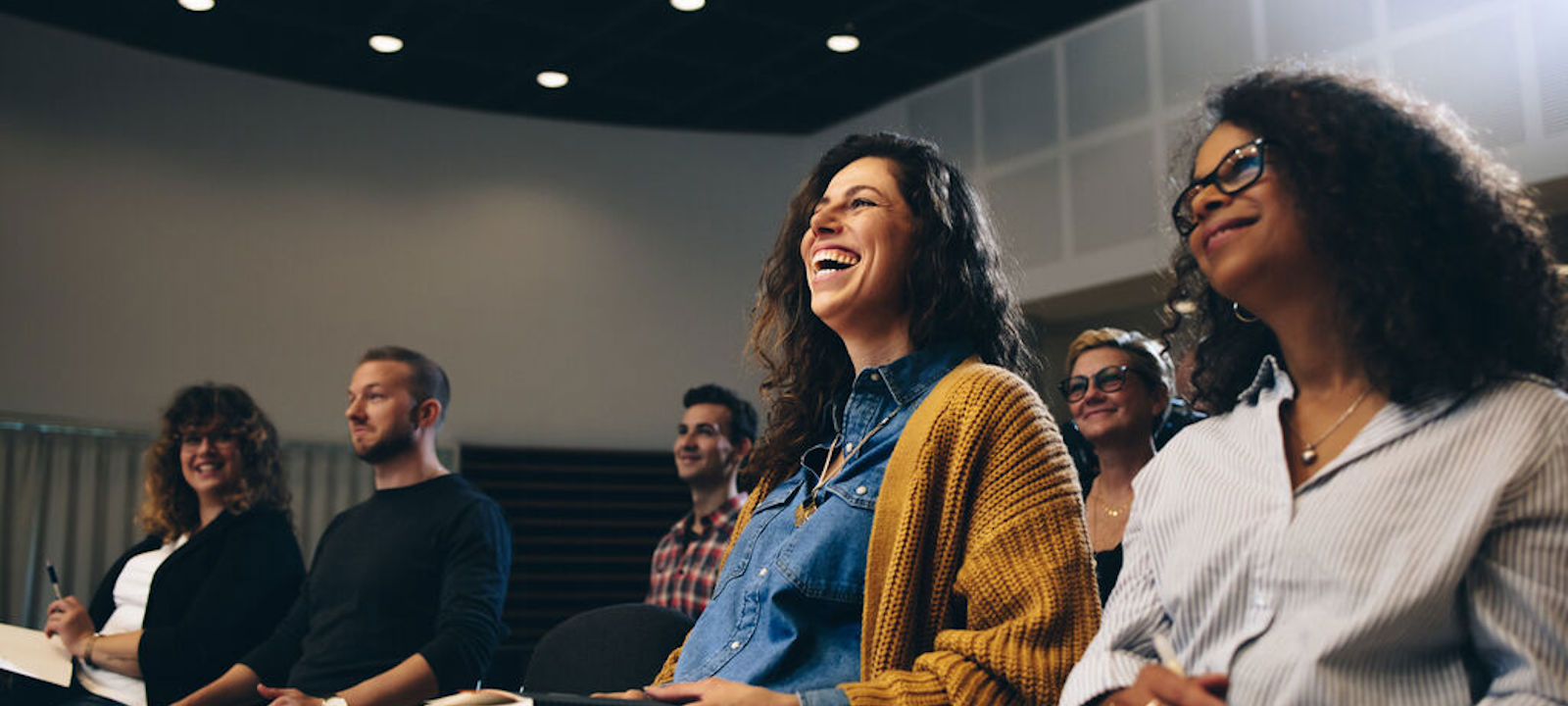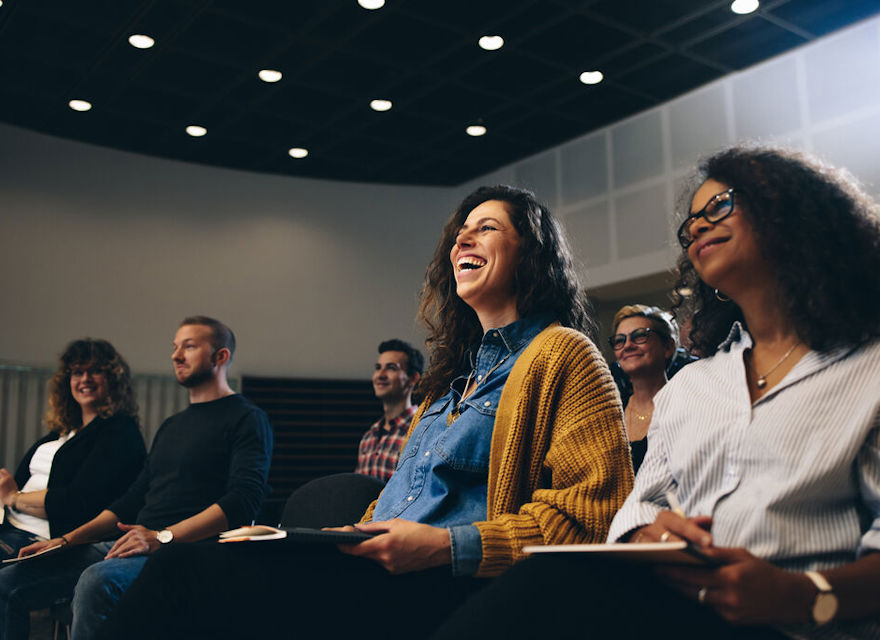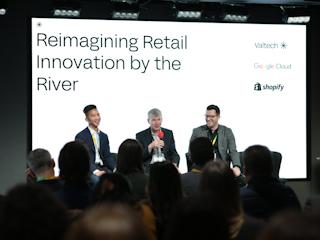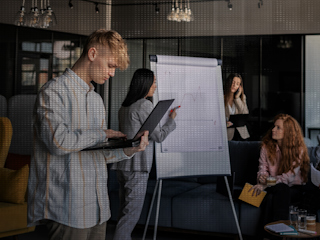The shared vision? To create a collective momentum toward sustainable luxury. This can only be achieved through active cooperation and a unified vision.
Focusing on traceability, transparency, circular economy, innovation and ecosystem regeneration, this edition of the forum spotlighted the major challenges ahead and the solutions already underway.
Sustainability and emerging trends
One of the core messages of The Good Forum is that sustainable luxury will only emerge through active cooperation between luxury houses and their ecosystems. In a sector where timelessness and rarity define value, transitioning to a more responsible model means reshaping business models and adopting circular practices.
Trends like quiet luxury and luxury shame reveal shifting consumer expectations. The former reflects a desire for authenticity and timeless elegance, while the latter stems from concerns over luxury’s environmental and social impact.
In Europe, transparency has become key to purchasing decisions. Consumers want to know where materials come from, how products are made and what their environmental impact is.
In contrast, in Asia, brand image and prestige still dominate. This raises a central question for the industry: how can sustainability be integrated into the core of luxury excellence?
Luxury as a strategic global player
Far from being a niche sector, luxury plays a strategic role on the global stage.
The 2019 signing of the Fashion Pact during the G7 summit illustrated this collective awakening, bringing together 56 companies — including 24 from fashion and textiles — committed to a more sustainable path.
Moreover, the globalization of luxury makes it a powerful tool of soft power. The industry has proven remarkably resilient in times of crisis, thanks to its strong values of craftsmanship, heritage and innovation.
Luxury products’ durability is a major asset. Iconic pieces like the Lady Dior bag involve enormous investments and are bought for their stories, craftsmanship and enduring value. They transcend trends and evolve seasonally without losing appeal.
Sustainability in the second-hand market has also become a strategic focus for luxury brands, aligning with changing consumer expectations.
Transparency and regulation in the luxury sector: Profound changes towards a common ambition
Transparency across the entire value chain is becoming a key issue. France’s AGEC law (anti-waste for a circular economy) initiated major transformation, especially at Kering, a group known for proactively anticipating regulations. This transformation requires:
-
Preparing teams
-
Engaging suppliers
-
Collecting meticulous data
The three main challenges facing luxury brands are:
-
Traceability – following a product from origin (e.g., fields) to final customer using reliable data.
-
Supply chain transparency – knowing what happens at every stage of the value chain.
-
Coalitions among brands and groups – working in ecosystems to accelerate change together.
Regulation also plays a key role by helping companies collect, analyze and act on data to initiate rapid transformations.
This is especially important because fashion’s value chain is highly fragmented, with multiple seasonal collections and longstanding supplier relationships.
Deep knowledge of these partners is crucial, particularly regarding the “craftsmanship” required to produce exceptional goods. Transforming this value chain with better visibility into upstream operations and harmonizing best practices will enable a true end-to-end approach.
Technology is also a key driver, thanks to data digitization, high-performing platforms and reorganized internal teams.
The rise of the Digital Product Passport (DPP), which gives each product a unique identifier throughout its lifecycle, is a major step forward for transparency and accountability.
Three critical factors for a successful transformation:
-
Engage and empower the consumer in the transformation process
-
Foster a culture of sustainability
-
Integrate the DNA of luxury as a key differentiator
Innovating sustainably through the centuries
While technological innovation is crucial to luxury’s evolution, it’s not enough on its own. Innovation must be paired with a strategic vision and a fundamental rethink of existing models to meet new consumer expectations and environmental imperatives.
So, how do we define responsible luxury and provide clear answers to consumers?
Increasingly, brands are participating in events where experience is central. As Barbara Coignet, founder of 1.618 Paris, puts it, “innovation isn’t just technology.”
Changing society requires boldness, vision and coalitions. Luxury thus becomes a holistic pursuit, best illustrated in experiences that place emotional resonance at the heart of a new luxury ethos.
Circular models in luxury: An essential lever
Circular models are rapidly gaining traction in luxury but scaling them remains a challenge. Here are five of the most common circular business models:
-
Resource optimization – maximizing material use, minimizing waste and encouraging recycling
-
Circular sourcing – using recycled or sustainably sourced materials
-
Extending product lifespan – through repair, care, resale and upcycling
-
Functional economy – promoting usage-based consumption over ownership (e.g., rental, sharing)
-
Collaborative platforms – facilitating resale and sharing among individuals or via partners
These initiatives respond to growing demand for lower-impact options while creating new economic momentum in the luxury sector.
Yet scaling remains difficult. Global circularity sits at just 7.2%. Only 32% of fashion products are recycled in France. To improve, brands must:
-
Make circular products desirable, focusing on design and storytelling
-
Create a circular value chain by involving all stakeholders
-
Build coalitions to drive progress collectively
That’s just the beginning. Brands can go even further by:
-
Personalizing high-end products for repeated use
-
Collaborating closely with suppliers
-
Boost engagement through customer feedback
-
Creating synergies with competitors
Towards a successful transformation: How to embed the circular economy in brand strategy
The circular economy is now central to luxury brand strategy. Second-hand offerings are being gradually integrated to meet growing consumer demand.
In France, the circular economy market is worth €6 billion and spans the full value chain. Brands are embracing this through daily actions, strategic partnerships and engagement with educational institutions.
Luxury is embracing circular transformation, particularly in beauty. Key challenges include:
-
Scaling the circular value chain
-
Unifying all departments around second-hand and circular initiatives
-
Rethinking product offerings to include attractive and sustainable options
-
Using data and AI to build predictive models
-
Creating a competitive economic model where reuse beats single use
Creating a greater appetite for sustainability
How can we deliver excellence with sustainable products and meaningful customer experiences? Gastronomy, an essential playground for luxury houses, serves as an inspiration for the industry at large.
Here are three examples of fine dining business model reinvention:
1. The rise of plant-based cuisine, led by chef Alain Passard (Arpège):
“Vegetables are the light that came into my cooking. I love color, and color comes from plants! And I know where my vegetables come from,” he says, emphasizing short supply chains and seasonality.
2. The Michelin Green Star, which rewards restaurants with sustainable practices. Elisabeth Boucher-Anselin of the Michelin Guide:
“Sustainable gastronomy is good, healthy, beautiful — and above all, it’s the gastronomy of tomorrow.”
3. Regenerative organic agriculture, aimed at restoring soil health and improving yields. Hippolyte Courty, founder of L’Arbre à Café:
“Coming from the wine world, we wanted to bring that expertise to coffee. We now own land in Peru and use regenerative practices that yield more than conventional methods.”
These initiatives show that gastronomy, like other luxury sectors, can evolve toward sustainability without compromising on quality or experience.
How to regenerate living ecosystems?
Luxury must go beyond reducing its environmental footprint by becoming an active force in ecosystem regeneration. Initiatives like the World Living Soils Forum, launched in 2022 by Moët Hennessy and Change NOW, underscore this ambition and the vital role soil plays in wine and champagne production.
Ecological impact requires shared methods and metrics for sustainable progress across cosmetics, fashion, gastronomy and more. Emerging coalitions between brands, institutions and producers will play a pivotal role in driving this transformation.
Conclusion
In conclusion, the message from the luxury sector at The Good Forum 2025 was clear. Progress must be collective. In effect:
-
The power of circularity lies in a strong ecosystem that helps navigate uncertainty.
-
Circularity reduces end-impact.
-
Luxury consumers want to be included, which requires transparency, understanding their intentions and ongoing experimentation.
As Hélène Valade, Environmental Development Director at LVMH, concluded:
“The challenges we face are so great that we cannot act alone, especially in luxury, where we produce little but hold great influence. Sustainability may not yet be what drives purchase decisions, but it is increasingly what can stop it.”
Valtech is a strategic partner for luxury brands working towards a sustainable future. Explore our work in the luxury sector to learn more or contact our experts today to see how we can drive innovation and elevate your experiences.











